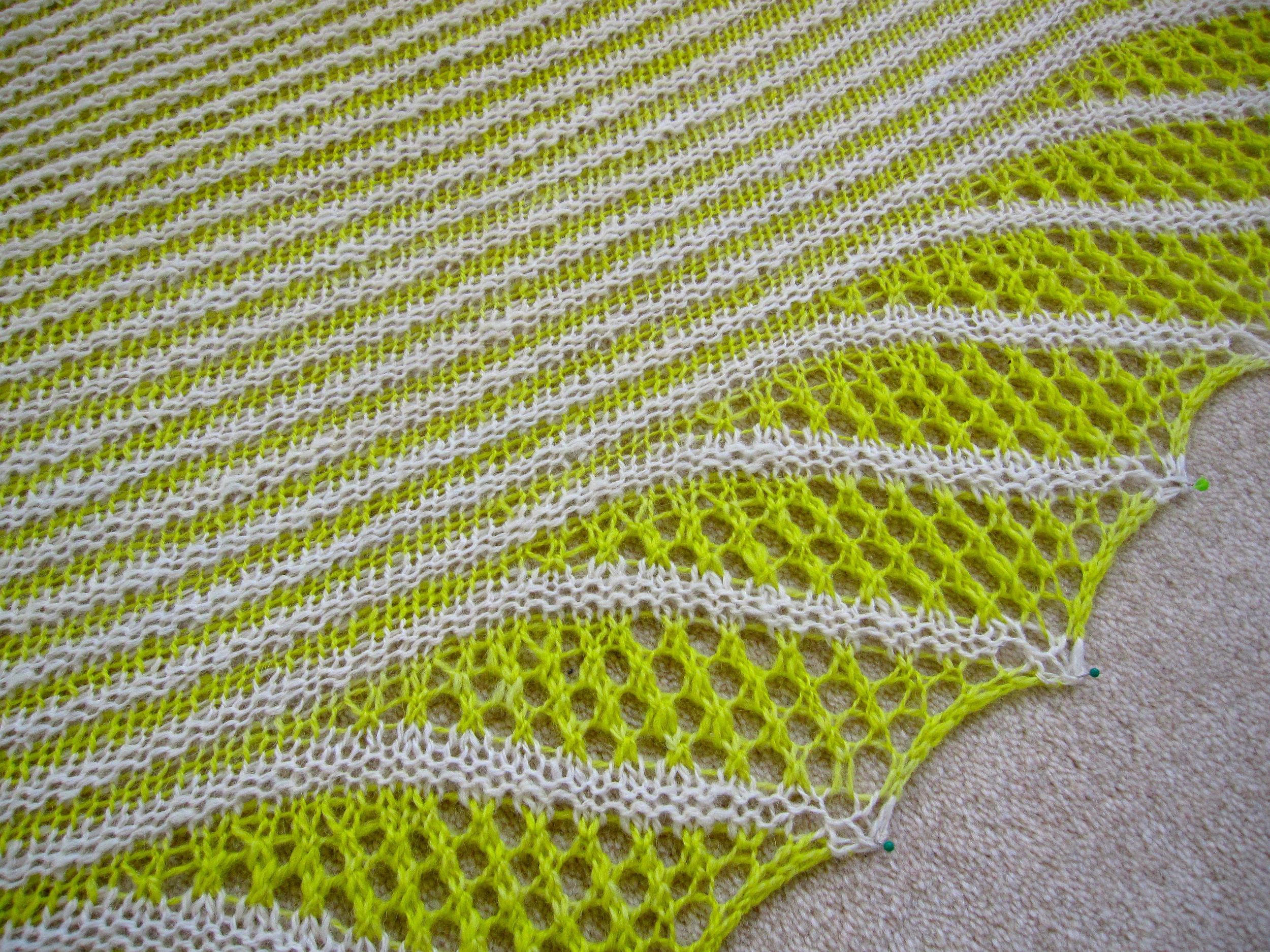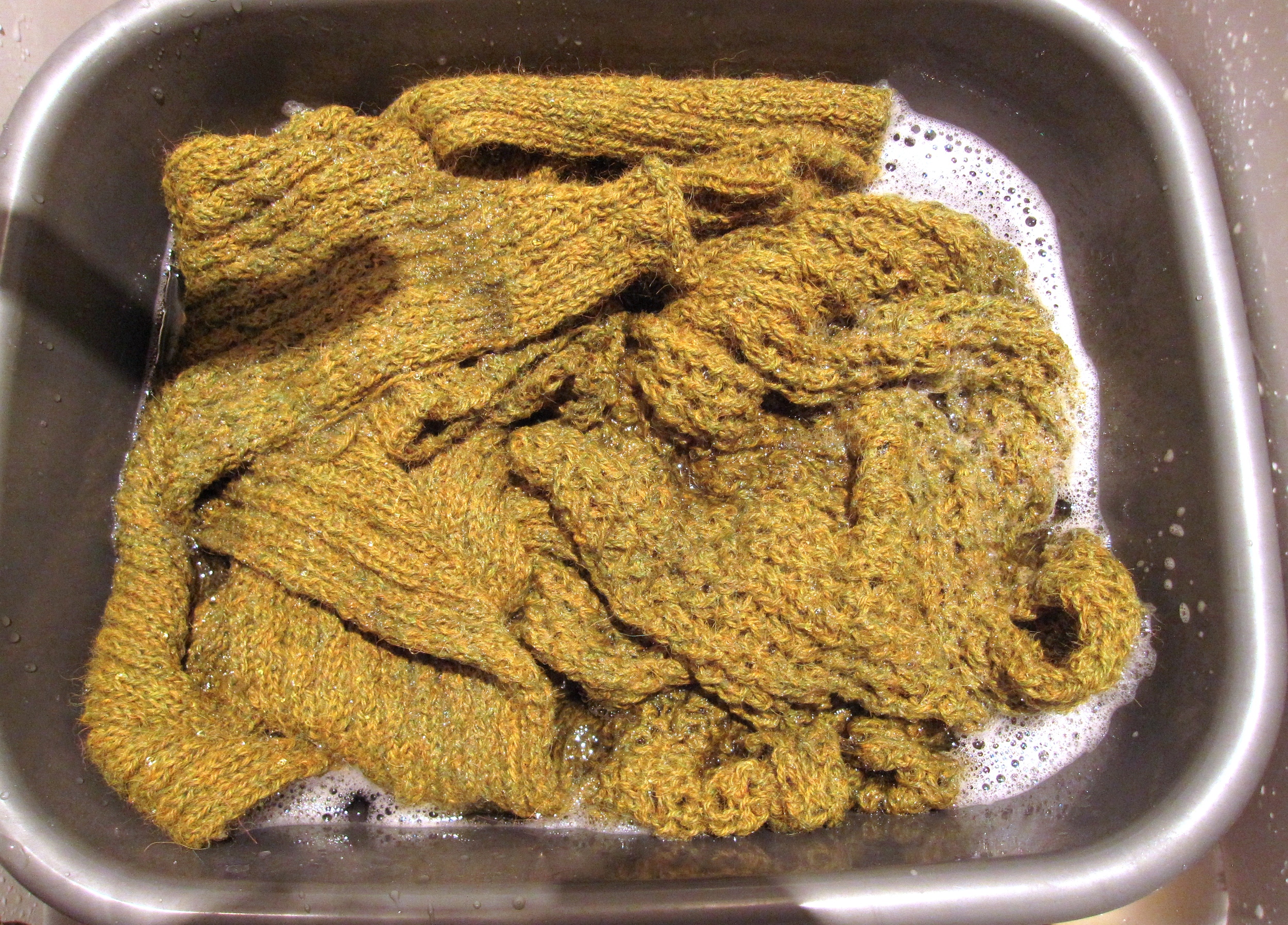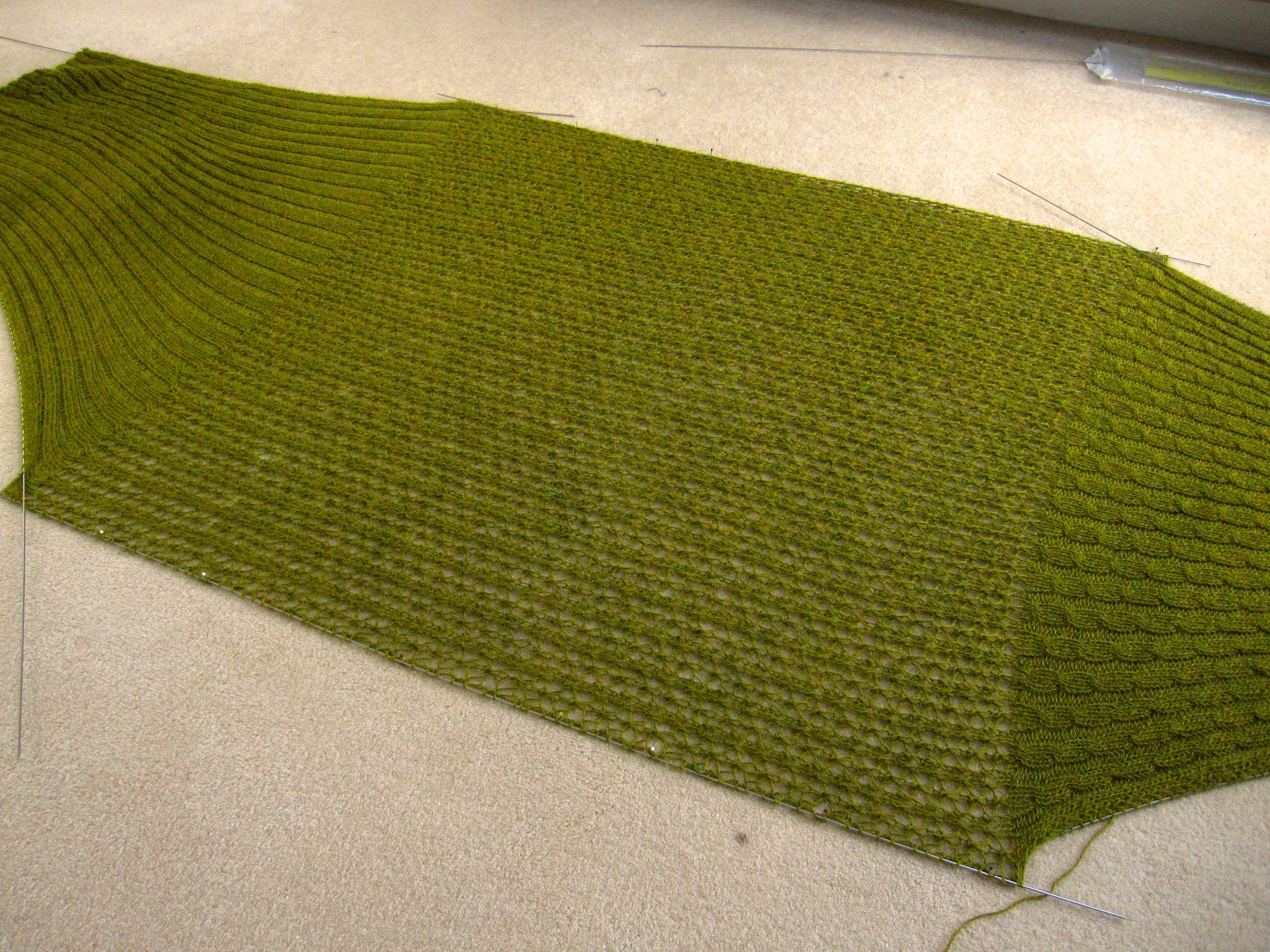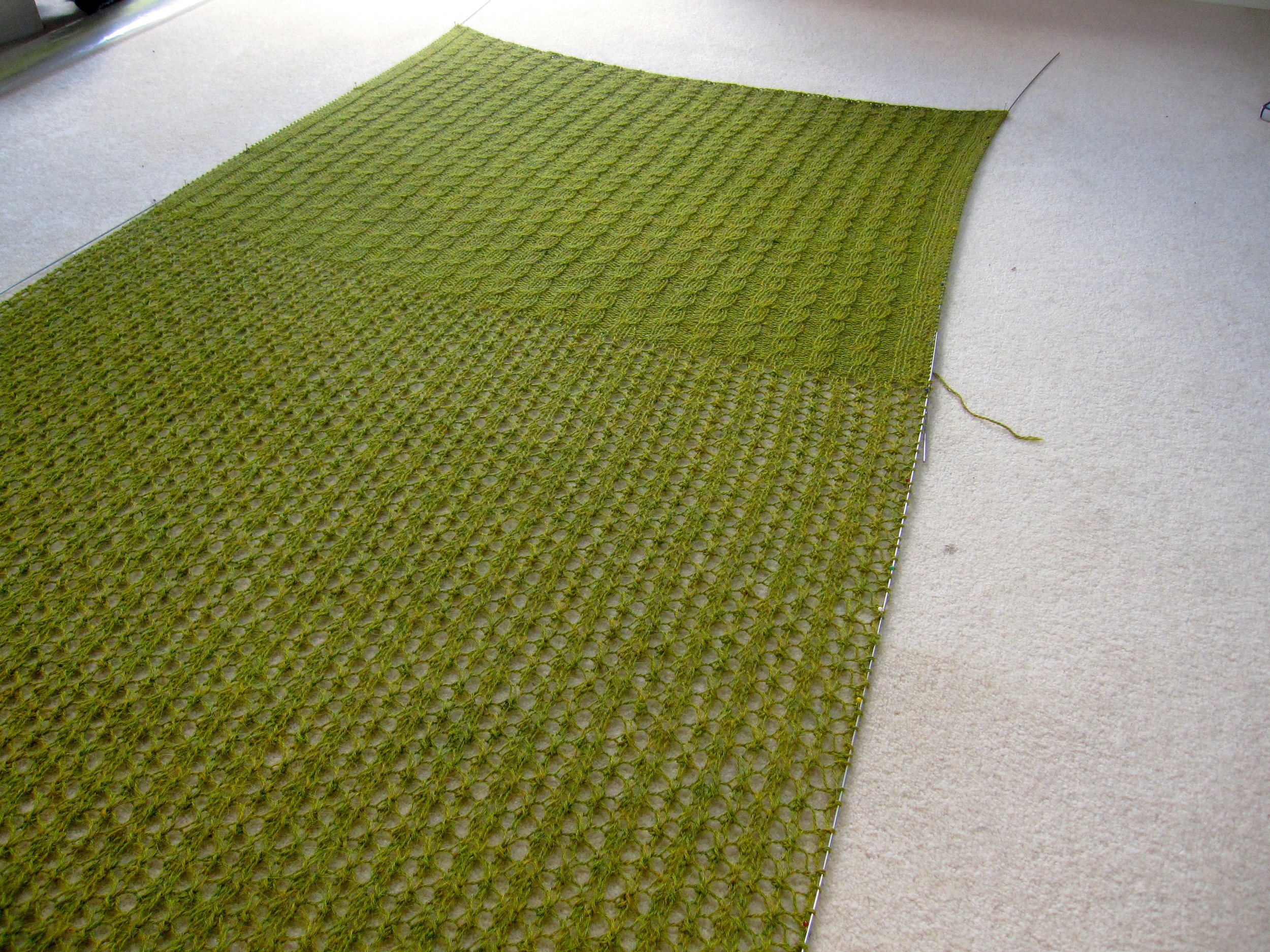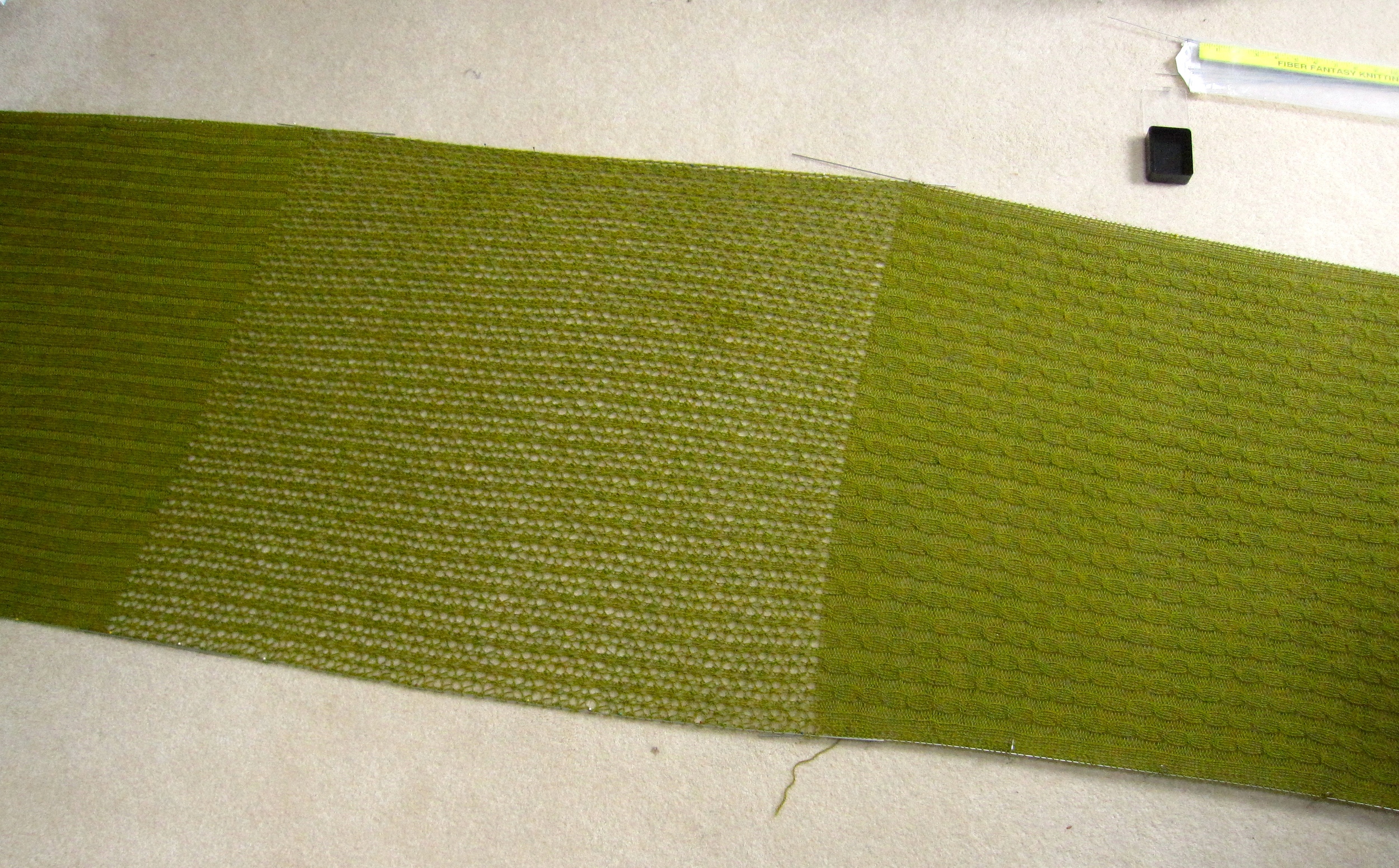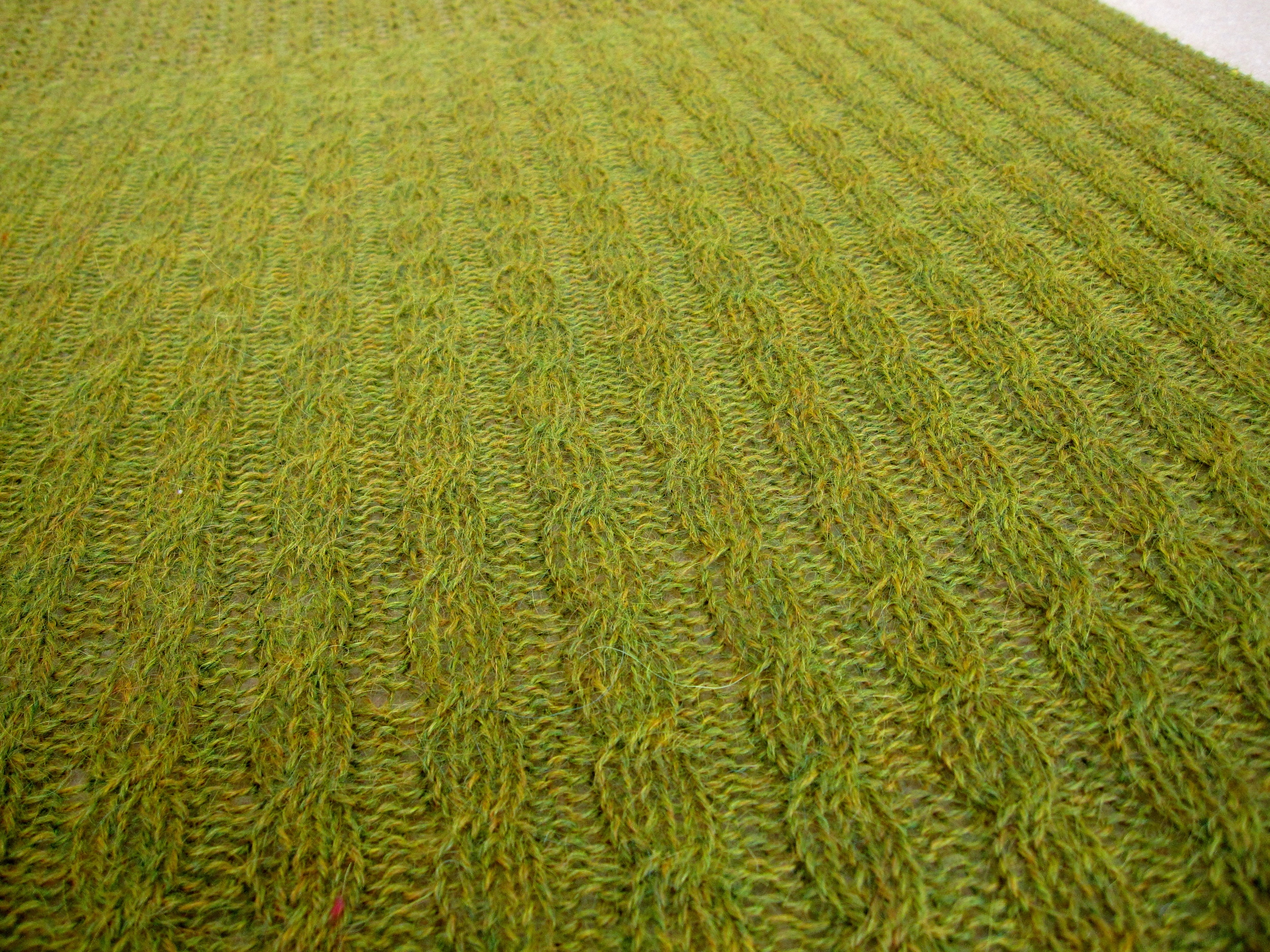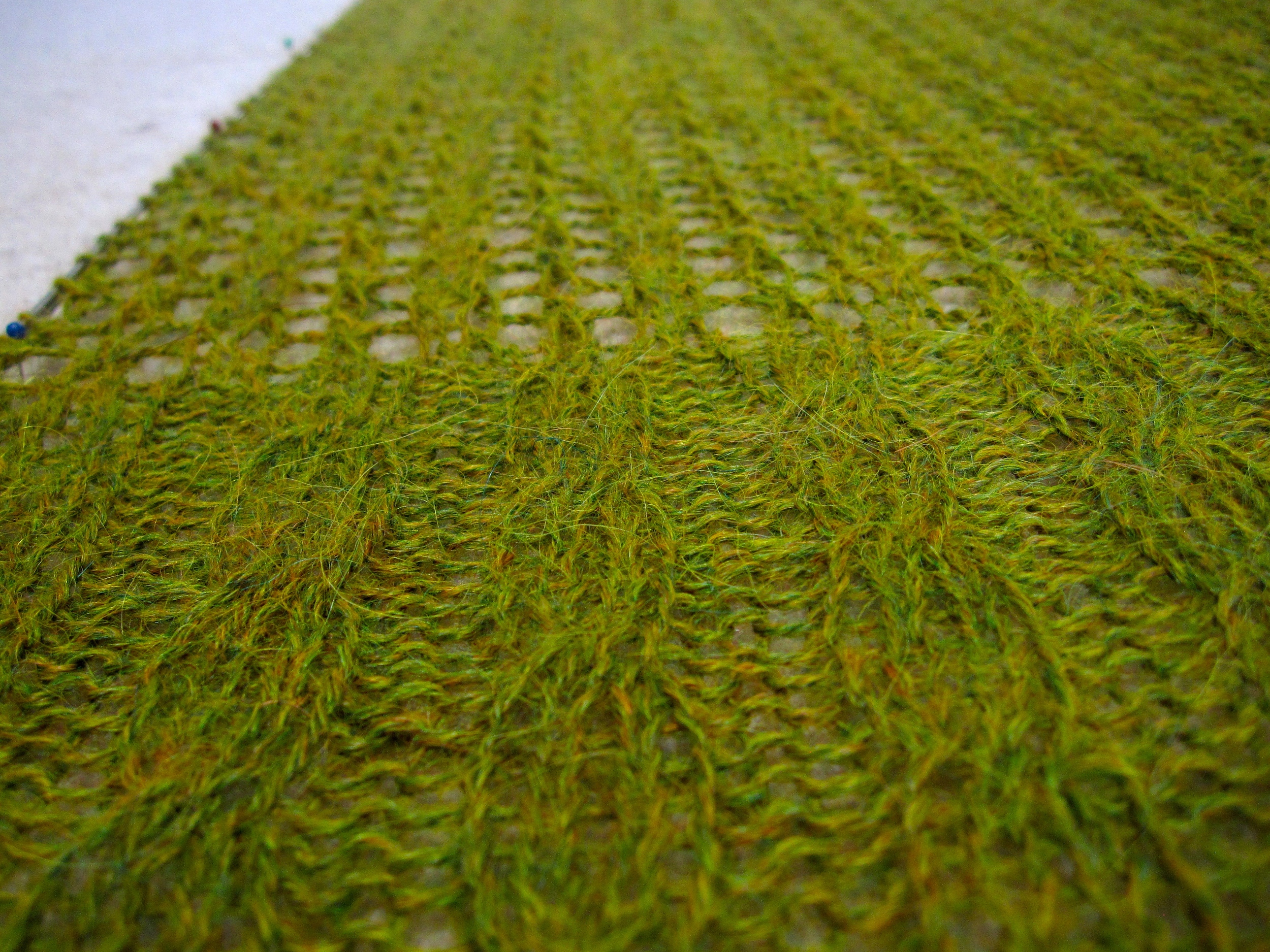2015 Tour de Fleece colourways: House of Orange
I'm a big fan of the Tour de France. As a post-graduate, I moved to Tucson, AZ to live with my cycling-mad boyfriend, and got sucked into a) cycling and b) watching the Grand Tours on television. With the 9+ hr time difference to Europe, that meant that if I got up early, I could watch the day's stage live before heading off to work - result!
On of the exciting things about the Tour de France is the route is different every year. There are some traditional places that get included on a regular basis, and the last stage always finishes on the Champs Elysee in Paris, but the actual route - the starting and finishing points of each day's stage, the mountain climbs and the regions visited - change. Not only does the route change, but very often the race visits other countries. This year's starting point in the Netherlands has inspired my first, limited edition Tour de Fleece 2015 colorway - House of Orange.
The House of Orange (really technically the House of Orange-Nassau) is the royal dynasty behind the monarchy of the Netherlands. William I of Orange founded the house in 1544, and it has played a central role in the politics and government of the Netherlands ever since. A later member of the house, William III, was King of England from 1689-1702.
This year's Tour route begins in Utrecht on 4 July with the Prologue, a short 14 kilometer course through the city. The official Stage 1 runs from Utrecht to the Zeeland Delta for 166 km on 5 July, finishing right alongside the ocean.
The Dutch are also huge cycling fans - there's always a large Orange presence in the crowds lining the route. On the iconic Alpe d'Huez climb, there's even a hairpin named Dutch Corner, where the riders are engulfed by a sea of orange. This colorway is a tribute to all those fans cheering on all the riders as they hurtle along.
These Tour de France colorways are also dyed on a brand new base for Porpoise Fur - Ile de France. Ile de France is native to an area near Paris, and was developed in the early 19th century through breed on Dishley Leicester and Rambouillet (it is also know as the Dishley Merino). The breed is primarily raised for meat, but I think you'll be pleasantly surprised by this fibre - it is soft and crimpy, and spins up very much like Targhee, an American breed known for it's bounce and elasticity, as well as for it's softness.
The four limited edition colorways I've developed for the 2015 Tour de Fleece are only available on Ile de France, and will only be dyed through the end of the Tour - Sunday, 26th July. After that, these colors will disappear. I'll put a link in the shop for preorders on 10th May, but fibers will not ship until after I Knit Fandango (15-16th May).
Stay tuned for the next colorway to be revealed tomorrow - any guesses as to what the next route inspiration will be?




